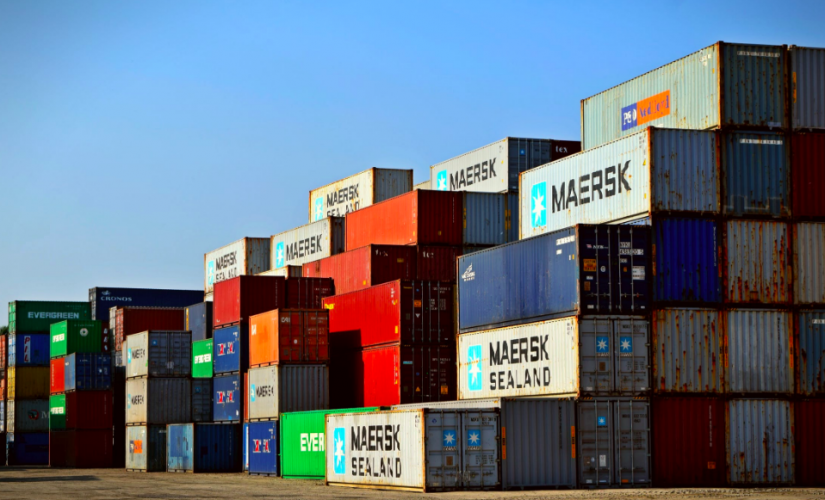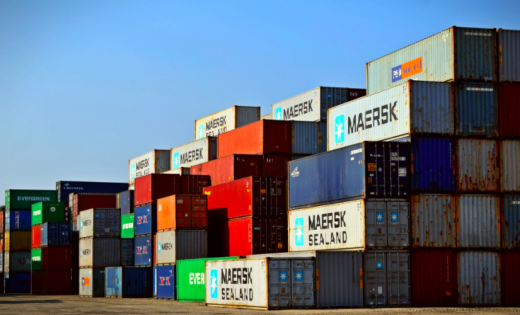How Logistics Leaders Can Use AI Right Now
How Logistics Leaders Can Use AI Right Now

We may not have robots like C-3PO from “Star Wars” or Rosie from “The Jetsons,” but there’s no denying that the machines we do have are getting smarter. But are business leaders taking advantage of their capabilities? It’s easy to imagine adopting AI in some indefinite future, but the technology already has the capacity to improve your ROI — provided you actually implement it.
While AI is making waves across industries, the logistics space stands to benefit more than most. According to a report from DHL and IBM, “the network-based nature of [logistics] provides a natural framework for implementing and scaling AI.” It’s no surprise, then, that companies are already experimenting with AI implementation, achieving small wins that help set the stage for much bigger ones.
Small wins are key because they help test theories, establish best practices, and achieve buy-in from key stakeholders. You don’t need to aim for complete disruption on the first try. But if you put off AI solutions until a later date, you’ll risk falling behind your forward-thinking competitors.
Historically, innovation is adopted in the consumer sector before trickling into commercial enterprises. AI has reached this tipping point, and the next few years will reveal its true value. Incorporating it into your own logistics might not happen overnight, but the timely implementation of AI will allow you to reap benefits such as improved efficiency and cost savings. Curious how you can use AI today to improve your logistics? Look first to the following areas:
1. Improving demand forecasting
While we’re not quite at a place where a walking and talking robot can scan your warehouse and tell you what inventory is running low, machine learning already has effective demand-forecasting capabilities.
In fact, Ali Raza, founder and CEO of ThroughPut Inc., says companies are currently using this technology to great effect: “Some of the largest brands in the world, like Amazon, have acquired robotics firms like Kiva Systems and automated a great deal of their warehouse management, while growing jobs, increasing efficiency and faster delivery times with fewer shipping errors.” Alibaba even built a state-of-the-art warehouse that uses robots to transport items, making the facility China’s “largest automated warehouse,” according to CNBC.
Better demand forecasting is obviously good for business: It optimizes production schedules, reduces the amount of capital tied up in inventory, and ensures that you can deliver what customers want when they want it. To reap these benefits, use AI to automate demand forecasting in your warehouses.
2. Assisting with administrative duties
While you may not have a robotic accountant yet, you can have a powerful system for the detection of financial anomalies. Using machine learning, Ernst & Young is able to detect fraud with an astounding 97 percent accuracy, according to the joint DHL-IBM report. To do this, EY has machine learning classify invoices from international parties then pinpoint red flags for a human expert to review. This logic and use of machine learning can be applied to myriad business processes.
Up to this point, business software has been focused on digitizing organizations and doing away with paper forms. As AI is able to automate many of these tasks entirely, it will also be able to help us get better at the jobs humans perform that can’t be automated.
Gordon Ritter, a founder of Emergence Capital Partners, envisions technology helping humans improve their workflows in real time with what he dubs “the coaching cloud.” With AI, that doesn’t have to mean a single approach. Instead, algorithms can analyze the strengths and weaknesses of individual workers and offer tailored advice.
3. Meeting physical demands
While robots might someday be driving your delivery vehicles or stocking your shelves, that technology isn’t widespread just yet. However, AI can already meet other vital physical needs. Intelligent robotic sorting, for example, is a process by which letters and packages are scanned and sorted through a system of conveyors, ensuring that the right shipments are automatically sent to the right places.
Other applications abound. ZenRobotics, for instance, uses an advanced AI-powered algorithm to scan conveyor belts of mixed recyclable items. By analyzing labels as well as materials, the tool can pick out similar items and sort them at a rate of 4,000 per hour.
With the right application, AI can perform similar logistical tasks for your organization, whether it involves sorting items or packing shipments. Don’t discount the physical tasks AI can help perform to boost your warehouse efficiency.
When discussing AI, it’s hard not to look to the future. There is vast untapped potential, and the technology will undoubtedly transform how companies do business in ways that are as yet impossible to predict. But there’s much that AI can do for businesses right now. Smart leaders will recognize the capabilities AI already brings to the table and decide how best to capitalize on them in their own organizations.
The post How Logistics Leaders Can Use AI Right Now appeared first on ReadWrite.
(29)


